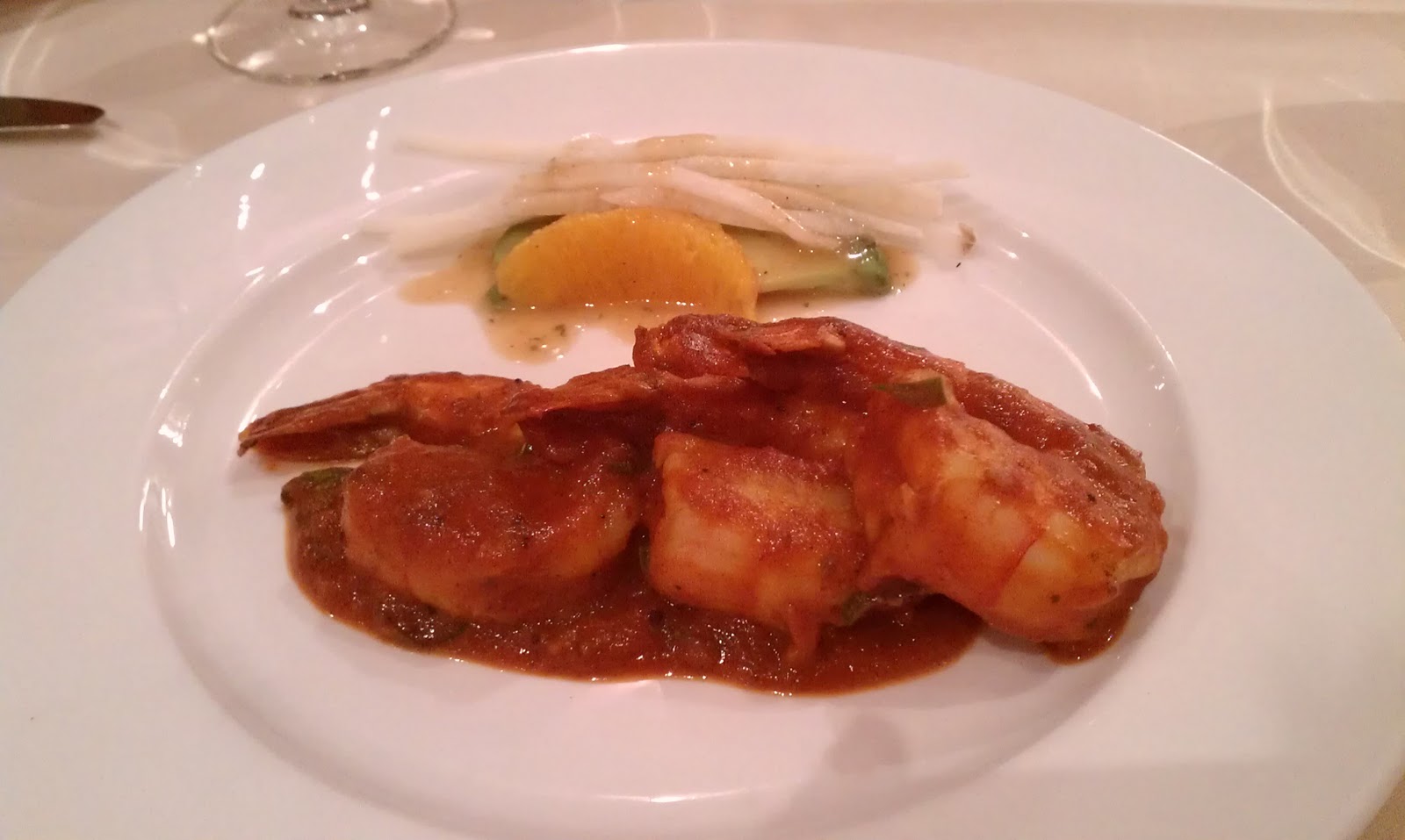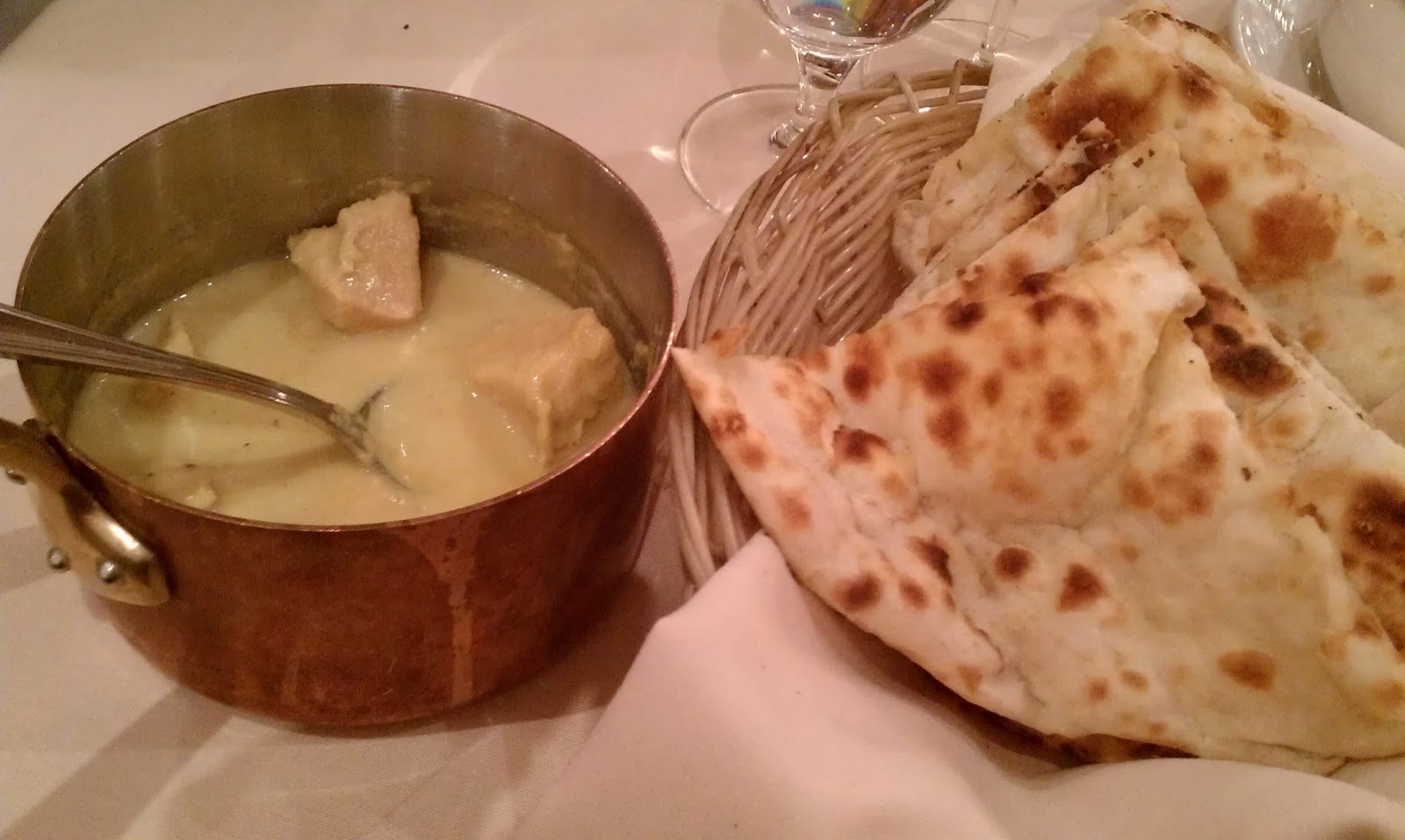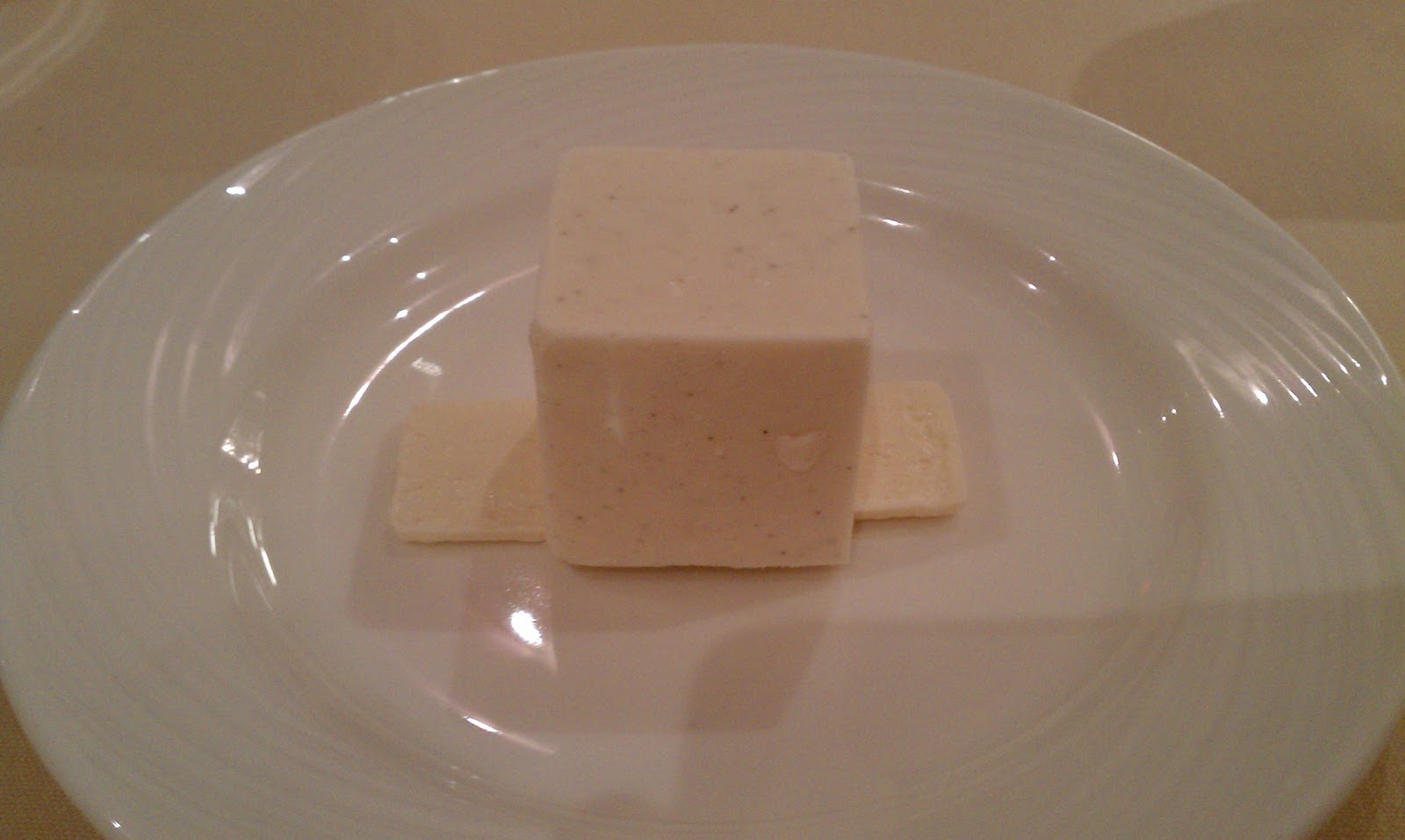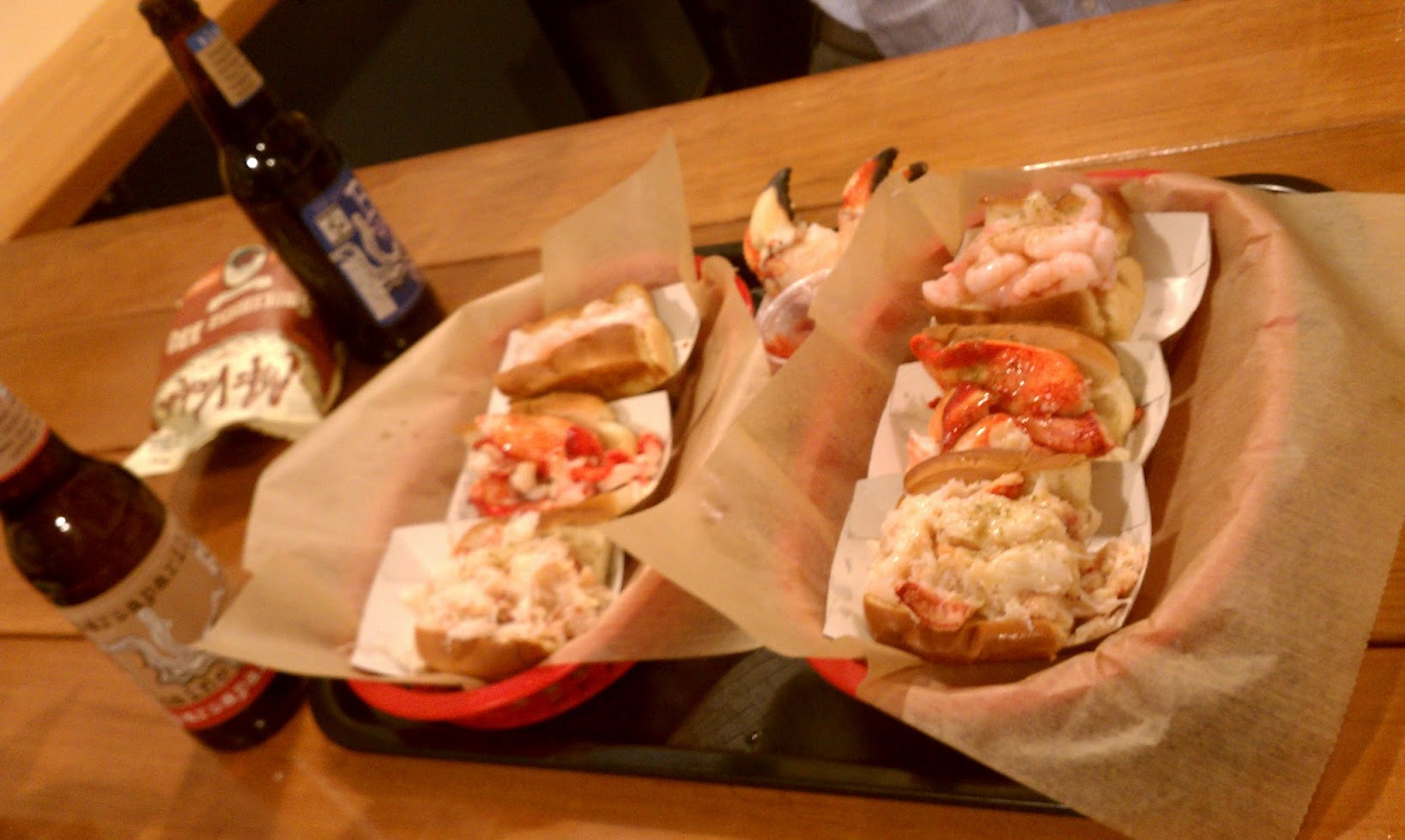
I've always been more of a crab fan myself. Whether it's the roasted garlic crab at PPQ in San Francisco, the Indonesian crab at Fatty Crab, or the blue crab in Maryland's Chesapeake Bay, I've always been more partial to crab than lobster. But having been invited to Luke's Lobster by almost every one of my LA friends who swing by town, I knew I had to finally try it out.
More...

You'll find multiple locations in Manhattan for Luke's Lobster. They're fairly spaced out on the island and most offer delivery too. Each restaurant's decor is simple, kitschy and casual, conveying Northeastern seafood shack.
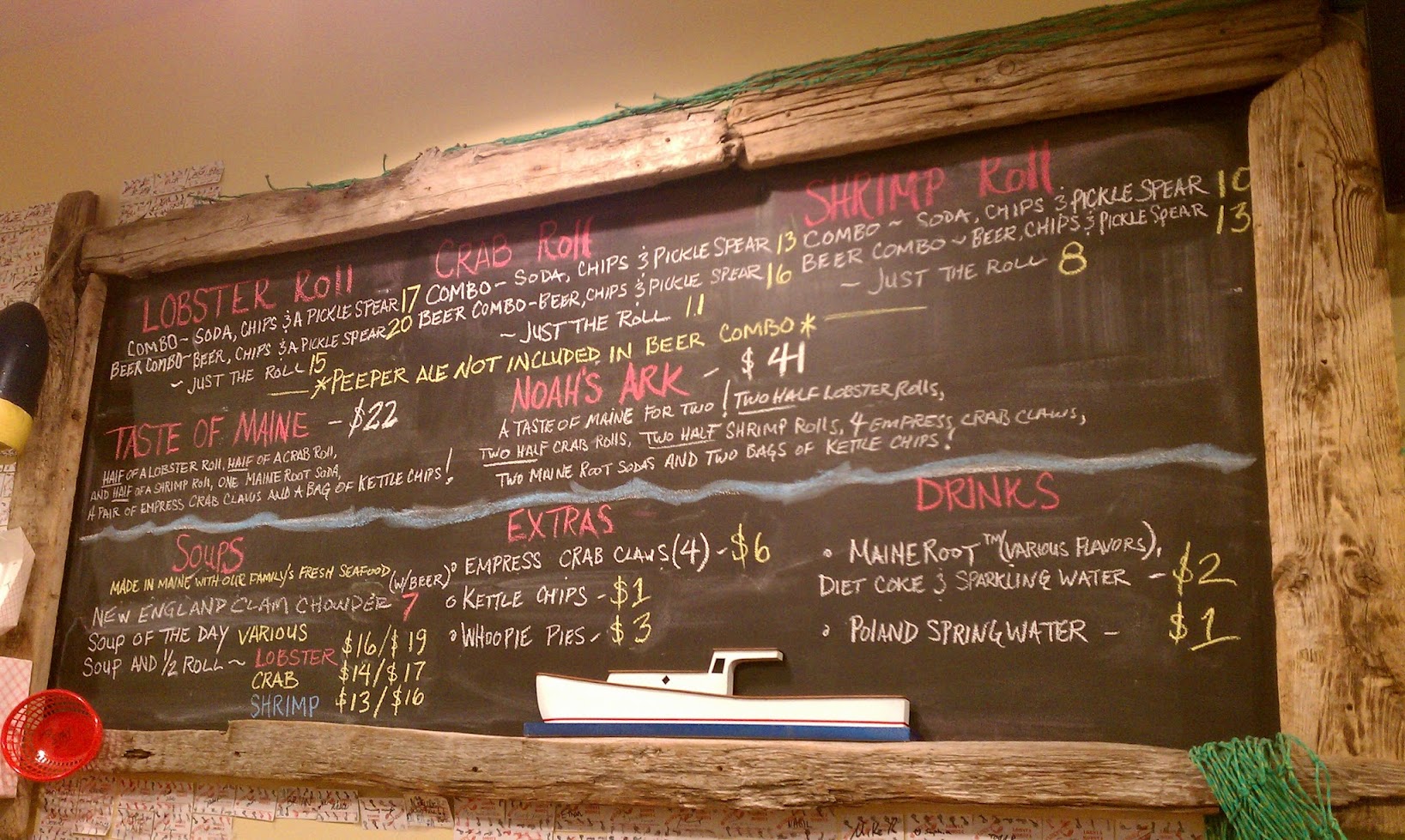
Lobster rolls are expensive anywhere, but Luke's does provide a hearty amount on each roll. It takes 5-6 lobster calls for the meat of one roll. Luke's has a reputation for sourcing their lobster directly from sustainable fisheries in Maine. Seeing as how this was my birthday dinner, I had to order the Noah's Ark and split it with my friend. Two 1/2 lobster rolls, two 1/2 crab rolls, two 1/2 shrimp rolls, four crab claws, two drinks, and two bags of chips, the feast is pictured above.

Luke's does make an excellent lobster roll. The dominant flavor is lobster, not mayonnaise or butter. As good as its namesake is, I still preferred the crab roll. The shrimp was boring, merely a shrimp cocktail on a loaf. I got a sarsaparilla with my meal, a happy find considering how difficult it is to find.
Luke's Lobster
lukeslobster.com
Multiple locations in East Village, Upper East Side, Upper West Side, Financial District, and Penn Quarter.
$15 for just the lobster roll. $41 for the Noah's Ark pictured above.
^


